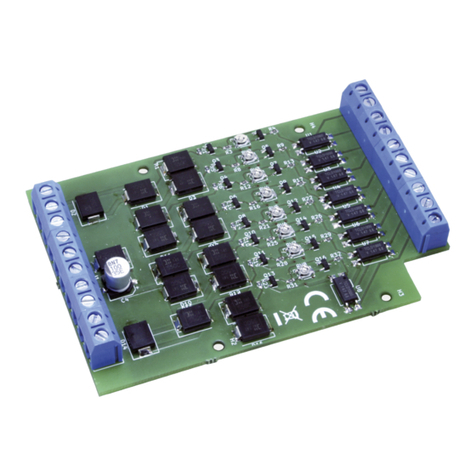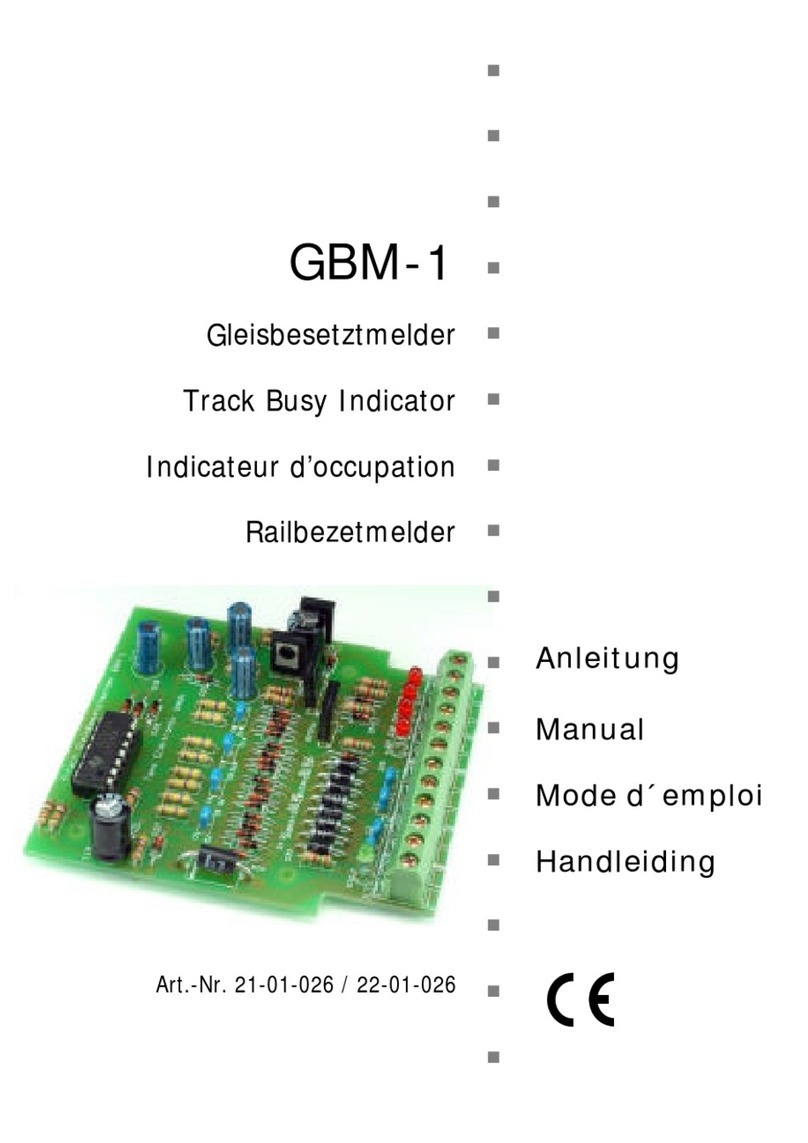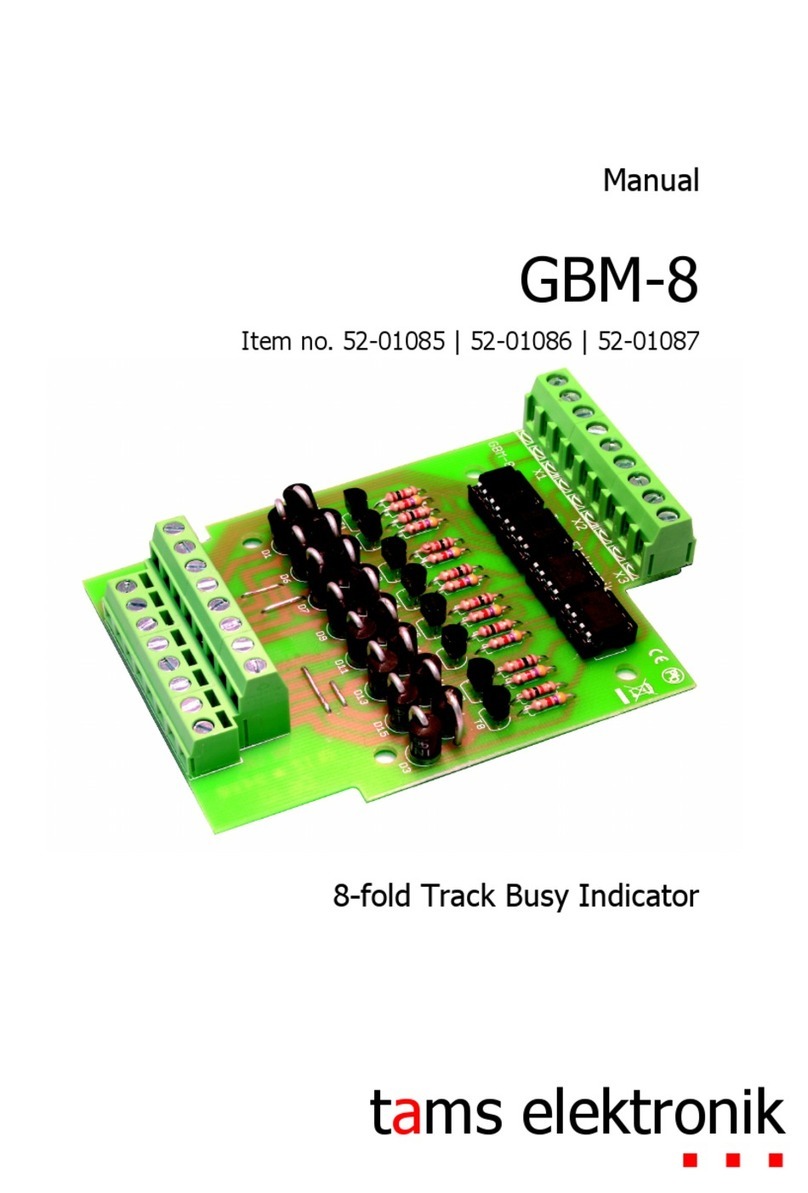tams elektronik GBM-1
Contents
1. Getting started.............................................................................................................4
1.1. Contents of the package.......................................................................................4
1.2. Accessories..........................................................................................................4
1.3. Intended use.......................................................................................................5
1.4. Safety instructions................................................................................................5
1.5. Care....................................................................................................................5
2. Operation overview.......................................................................................................6
3. Assembling the kit........................................................................................................8
3.1. Safety instructions................................................................................................8
3.2. Soldering properly................................................................................................9
3.3. Preparation........................................................................................................10
3.4. PCB layout and parts list.....................................................................................12
3.5. Assembly...........................................................................................................13
3.6. Performing a visual check...................................................................................14
3.7. Performing a functional test................................................................................14
4. Connecting the track busy indicator.............................................................................15
4.1. Pin assignment...................................................................................................15
4.2. Connections.......................................................................................................15
4.3. Connection of the track sections..........................................................................17
4.4. Connection to the voltage supply.........................................................................17
4.5. Connecting lamps or LEDs...................................................................................18
5. Connecting subordinate circuits...................................................................................19
5.1. Connection of digital feedback modules...............................................................19
5.2. Application example: Block section control...........................................................19
6. Checklist for troubleshooting and error correction.........................................................22
6.1. Technical Hotline................................................................................................23
6.2. Repairs..............................................................................................................23
7. Technical data............................................................................................................24
8. Warranty, EU conformity & WEEE................................................................................26
8.1. Guarantee bond.................................................................................................26
8.2. EU Declaration of Conformity..............................................................................27
8.3. Declarations on the WEEE Directive.....................................................................27
Contents 3






























